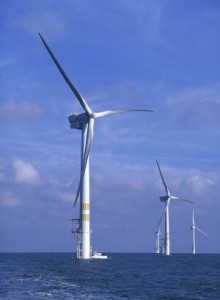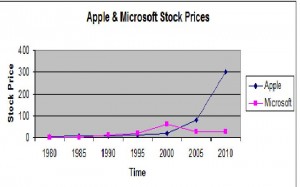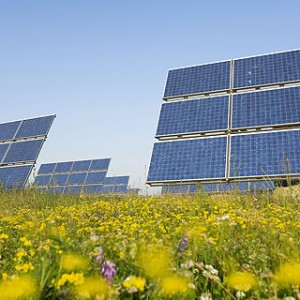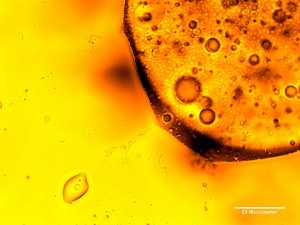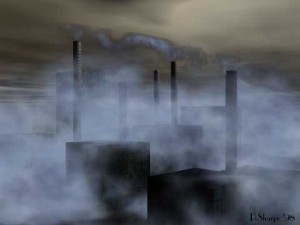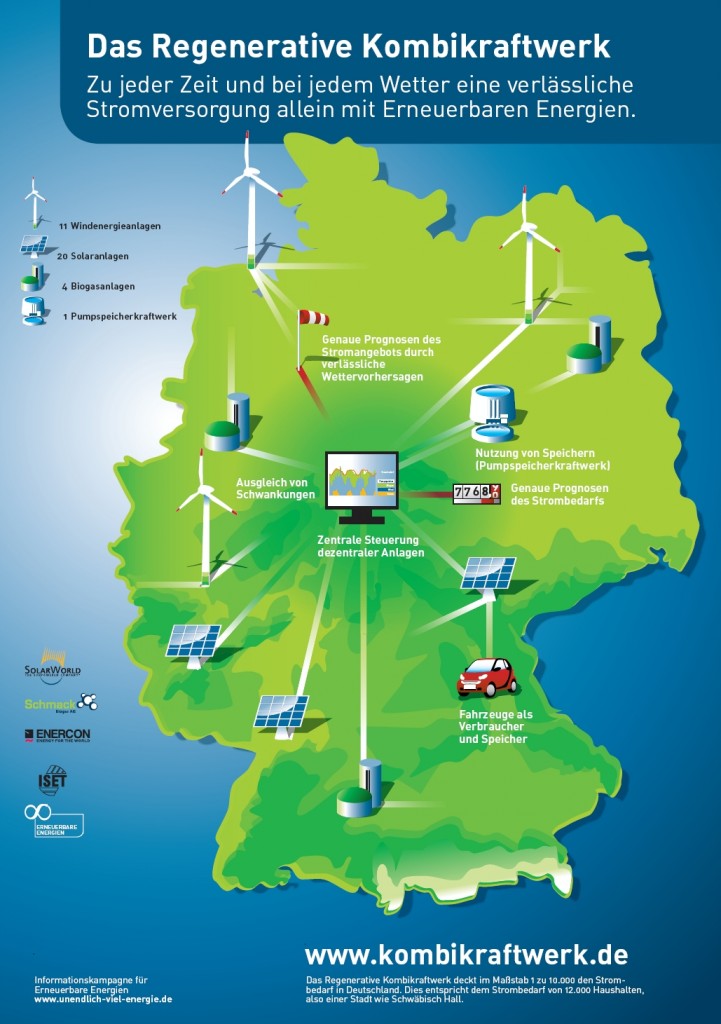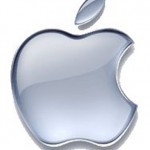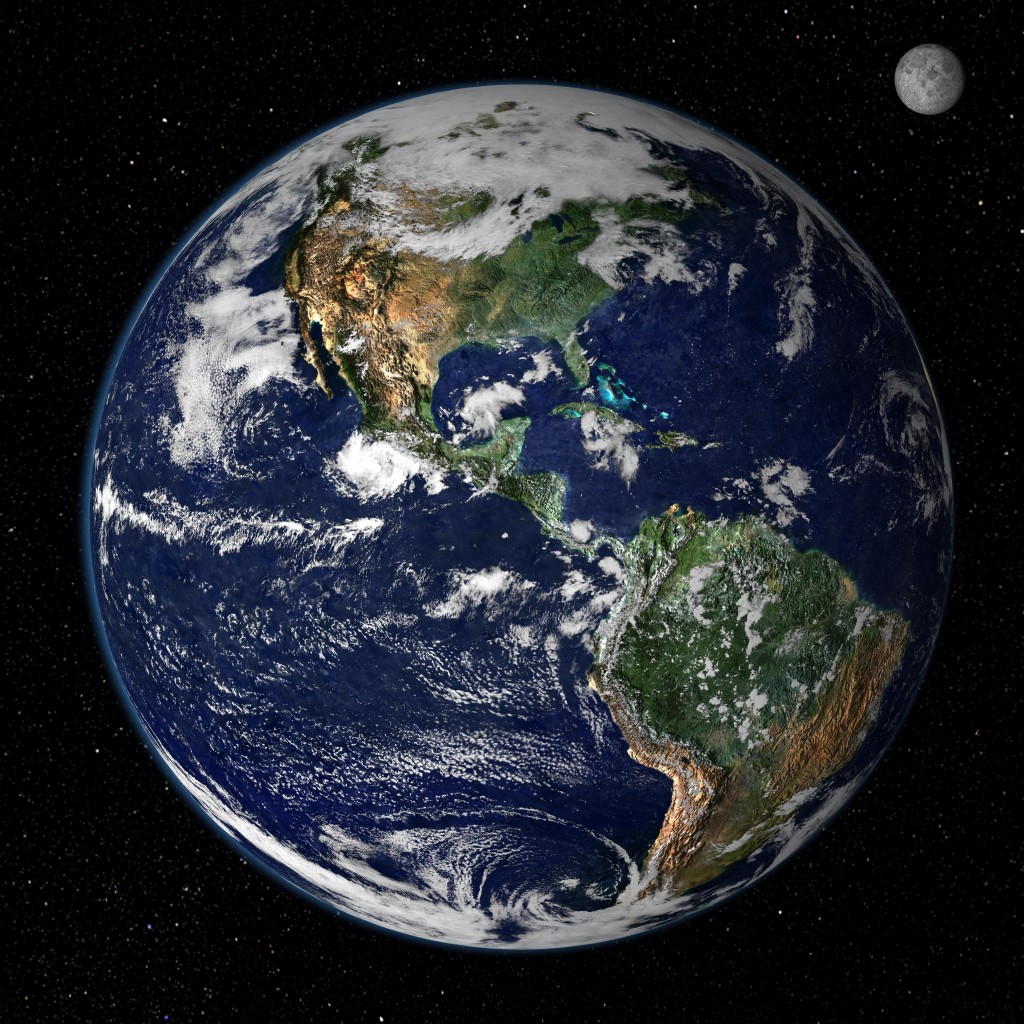Google is putting its money where its mouth is. Back in early September, 2008, Google’s CEO Eric Schmidt said, “We have a total failure of political leadership, at least in the U. S., and perhaps the world.” He then called for 100% of U. S. power to come from green energy in 20 years – with 500,000 wind energy jobs. (See “Google’s Eric Schmidt Details Energy Plan, Chides Lack of Leadership,” by By Katie Fehrenbacher, Sep. 9, 2008, on Gigacom.) Schmidt combined Al Gore’s call for 100% clean electricity in 10 years with Intel CEO Andy Grove’s call for millions of plug-in hybrid cars. (I would like to add that they should be plug-in hybrid biofuel, with the fuel coming from sewage and factory farm waste, not food crops.)
Recently, 10/12/10, Erick Schonfeld at GreenTech (onTechCrunch) wrote Google Backs Biggest U.S. Offshore Wind Project:
“Using its cash to kickstart renewable energy businesses, Google is now backing![]() the largest U.S. offshore wind farm project to date. The Atlantic Wind Connection is a proposed string of offshore wind turbines that will stretch 350 miles off the Atlantic coast from Virginia to New Jersey. Once completed, the project will produce 6,000 megawatts of power, which is equivalent to 60 percent of all the wind power built in the U.S. last year. The wind project will serve nearly 2 million homes. Continue reading
the largest U.S. offshore wind farm project to date. The Atlantic Wind Connection is a proposed string of offshore wind turbines that will stretch 350 miles off the Atlantic coast from Virginia to New Jersey. Once completed, the project will produce 6,000 megawatts of power, which is equivalent to 60 percent of all the wind power built in the U.S. last year. The wind project will serve nearly 2 million homes. Continue reading

